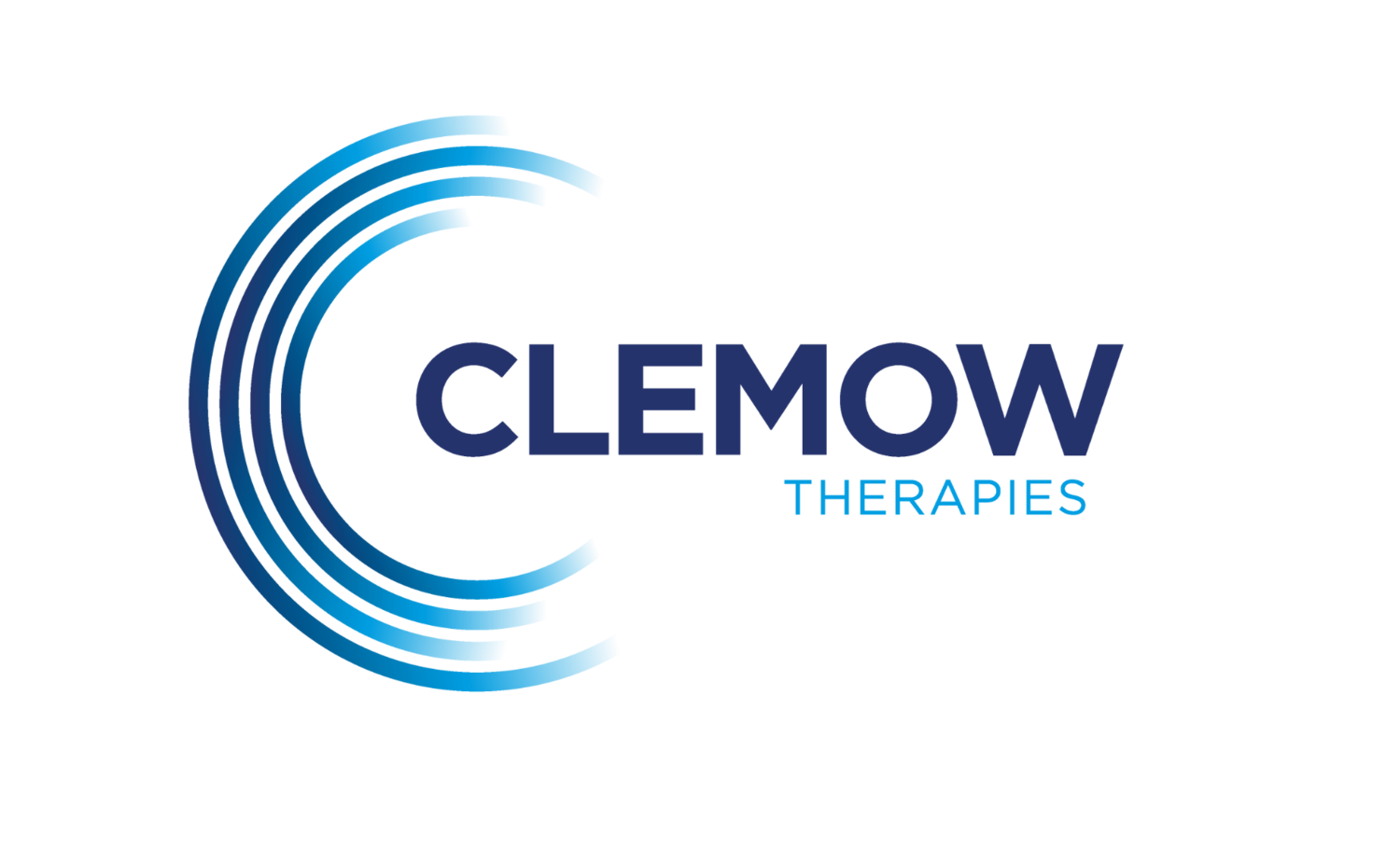
Radial Shockwave
Extracorpeal Shock Wave Therapy (ESWT)
5 Advantages of ESWT
Pain Relief
Shock wave therapy is known for its ability to relieve pain. The high-energy sound waves penetrate deep into the tissue, reducing inflammation and providing rapid pain relief.
Stimulate Blood Circulation
The application of shock waves improves blood circulation. This is particularly beneficial for the healing of tissues and can accelerate regeneration.
Acceleration of Healing Process
By increasing the body’s own regenerative capacity and improving metabolism, shock wave therapy can allow damaged tissue to regenerate and heal, leading to a faster recovery.
Non-invasive Treatment
As a non-invasive treatment method, shock wave therapy offers a gentle alternative to invasive procedures. It does not require surgery, reduces the risk of complications and shortens recovery time.
Versatile Application Options
Shock wave therapy can be used for a variety of conditions, including heel spur, tennis elbow, shoulder pain and muscle tension, making it a versatile treatment option.
What is Shockwave Therapy? Does It really work
What is Shock Wave?
Shock waves are high-energy, audible sound waves. They are characterised by a rapid increase in pressure and a short pulse length. They occur in our everyday lives, for example, when aircraft break the sound barrier.
History of Shock Wave
Shock waves have been used in medicine since 1980. Originally, the then-new procedure was introduced to remove kidney and gall stones without surgery – which was successful and revolutionised the treatment of these complaints.
Due to these successes, more and more research was done on the effect of shock waves on the human body. Subsequently, it was quickly discovered that the procedure is also suitable for the treatment of numerous painful diseases of the musculoskeletal system. Since the beginning of the 1990s, this area of application has become increasingly important and has since proven its worth, including in top international sport.
Difference Between Radial and Focused Shock Wave
There are two main types of shock wave therapy: radial shock wave therapy and focused shock wave therapy. The main difference between the two lies in the way the shock waves are generated and transmitted to the body.
In radial shock wave therapy, the shock waves are generated by a handpiece that is placed on the affected area. The shock waves then spread radially, i.e. in all directions, and can therefore treat a larger area of tissue.
Focused shock wave therapy, on the other hand, generates the shock waves at one point and then concentrates them specifically on the area to be treated. This enables more precise treatment and deeper penetration of the shock waves into the tissue.
Both types of shock wave therapy have their own advantages. Radial shock wave therapy is particularly suitable for treating superficial tissue layers, while focused shock wave therapy can effectively treat deep tissue problems.
Both types of shock wave therapy can be an effective and non-invasive treatment method for a variety of musculoskeletal disorders. The choice between radial and focused shock wave therapy depends on the type and depth of the tissue to be treated.
Common Areas Treated with Radial Shock Wave
Common Treated Injuries
ESWT has been shown to be effective on a wide range of chronic tendon problems. Here are some examples of conditions where symptoms and function have been improved:
Plantar fasciitis (heel pain)
Patellar tendinitis (jumper’s knee)
Achilles tendinopathy
Greater Trochanteric Pain Syndrome (GTPS - lateral hip pain)
Proximal hamstring tendinitis
Is It Safe?
The National Institute for Care and Excellence (NICE) has deemed this treatment to be a safe treatment option with minimal side effects reported.
Contraindications
Shockwave Therapy is not for everyone.
Precautions:
Anticoagulant medication, e.g. Warfarin or Rivaroxaban.
Coagulation Disorders.
Recent steroid injection (6 to 12 weeks).
Impaired sensation over area to be treated.
Systemic infection and septic arthritis.
Confirmed tendon rupture.
Metal implants in the area.
Some of the Absolute Contraindications are:
Impaired Cognition.
Pregnancy.
Malignant Tumour at site of treament.
Certain Antibiotics (Fluoroquinolones).
Cardiac Pacemaker.
Cancer or less than 3-6 months after Radiotherapy.
Current Thrombosis.
Potential Side Effects
Numbness or altered sensation.
Skin ‘break’.
Tendon/fascia rupture.
Headaches
Bruising.
Pain.
Haematoma/Local Swelling.
Skin reddening.



